It may be a mere coincidence that the words pesto and presto are only separated by one letter. But I think this Italian sauce is magical, and you can whip up a batch in no time flat.
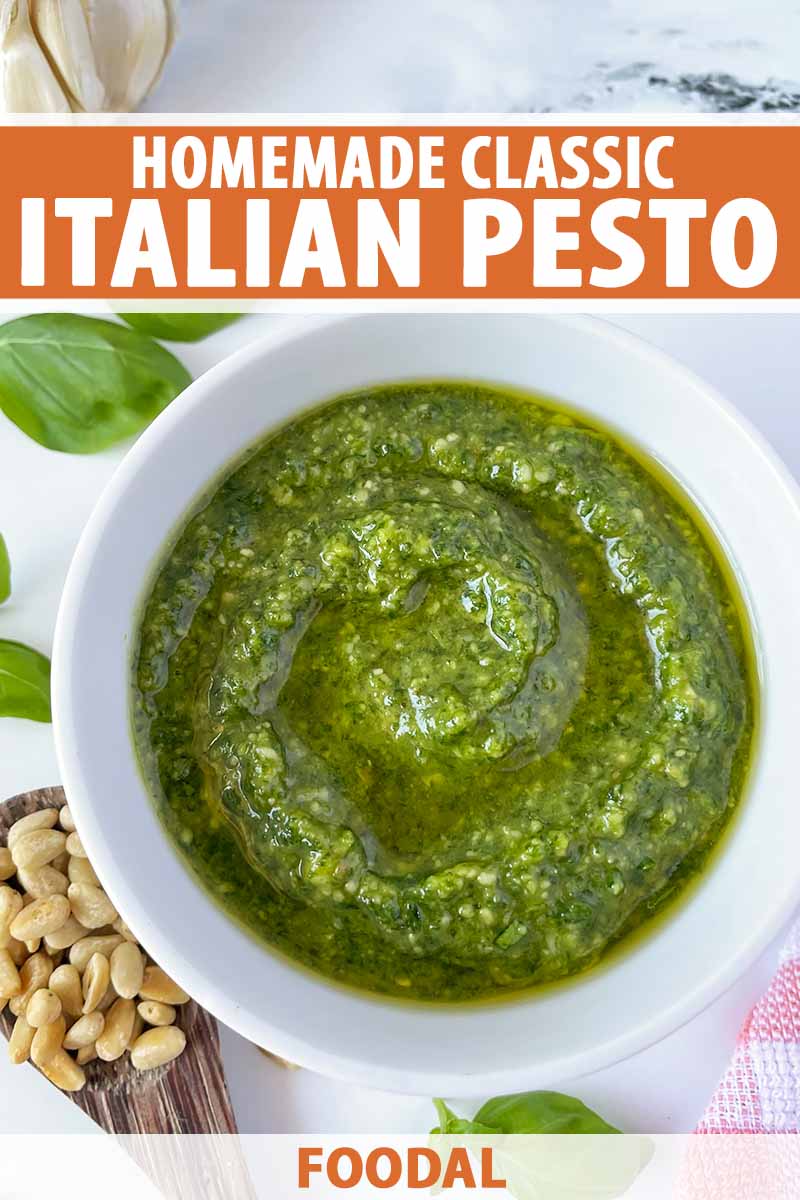
Even if you’ve never attempted homemade pesto, I’m almost certain you’ve tasted the earthy, verdant paste in some form. It’s often found smeared onto pizza dough or grilled flatbread for a perfect pie with herby undertones or slathered between slices of crusty bread to create a gloriously garlicky deli sandwich.
But that’s just the beginning.
The bright, fresh flavors partner well with practically any savory dish you can come up with. Cheesy scrambled eggs? Abso-freakin-lutely. Tuna melt that’s too one-note? Do it. Chicken with asparagus and pasta that need a little lift? Duh, that one’s a no-brainer.
If making it from scratch sounds intimidating, remember that pesto is one of the most uncomplicated recipes out there and it contains a mere handful of ingredients.
So what’s with all the hype over such a simple sauce?

I think it’s the contrast of delicate herbs paired with sharp raw garlic and salty, hard cheese. It could also be the silky-smooth texture that comes from crushing pine nuts and combining everything with lush olive oil.
I could go on, but since pesto is essentially flawless, let’s just quit while we’re ahead and move on.
The name itself refers to the original method of preparation, wherein the sauce is made by hand in a mortar and processed with a pestle. Derived from the Genoese verb pestâ, which translates to “pound” or “crush,” “pesto” today is synonymous with an herby pounded or blended sauce made with oil and some type of nuts or seeds.
The fact that the ingredients are easily interchangeable, resulting in a sauce that can be produced dozens of ways, makes it a versatile recipe. Here, we’ll focus on the classic preparation.
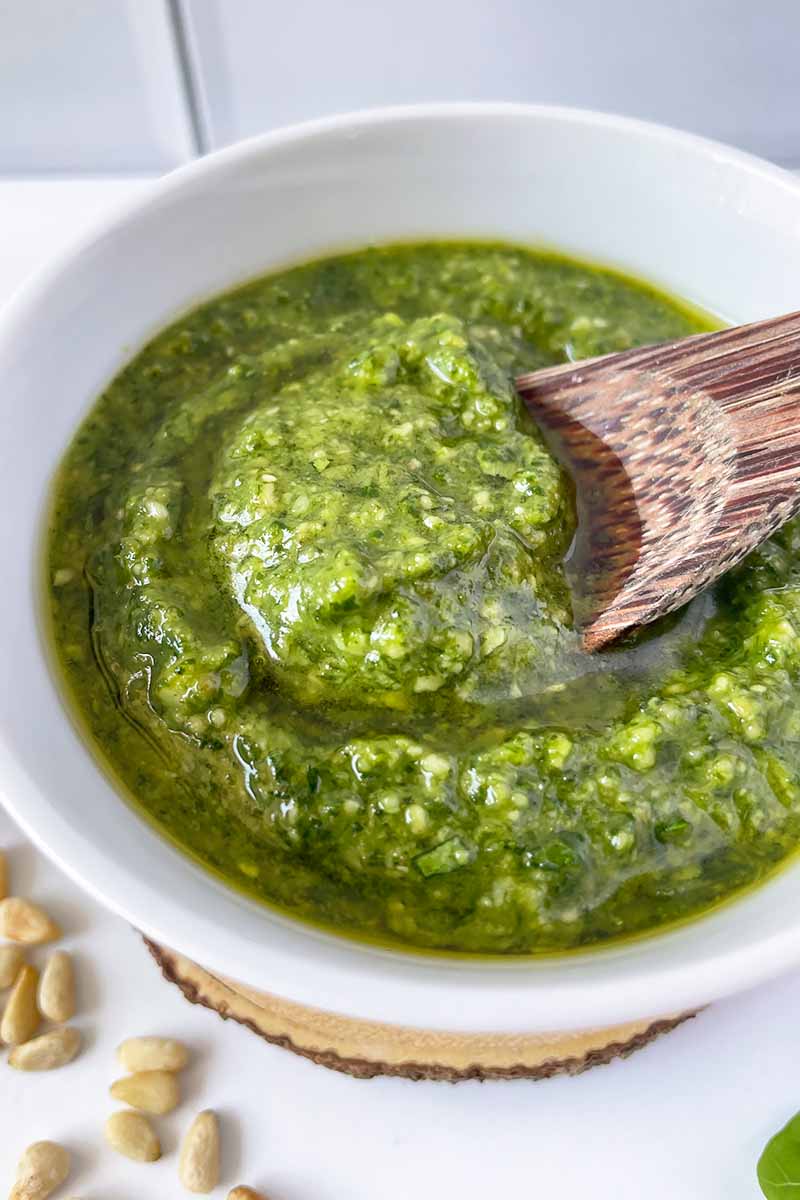
Italian pesto as we know it today was born in the seaside region of Liguria, but its roots go back much further than that. Ancient Romans were known for enjoying a similar sauce called moretum, and in the Middle Ages, agliata – a paste made of walnuts and garlic – was a Genoan classic.
Basil made its entrance into the recipe later, and use of the leafy herb as a main ingredient was recorded in the 1860s in chef Giovanni Battista Ratto’s culinary text “La Vera Cuciniera Genovese.”
Offering suggestions to use butter in place of olive oil and swap in herbs like parsley or marjoram instead of the basil, his version was inherently flexible. But the Genoese pesto we’re whipping up today is by far the most popular and traditional version.
While I appreciate variations that toss in nutrient-rich greens or even citrus, we’re sticking to the basics here.
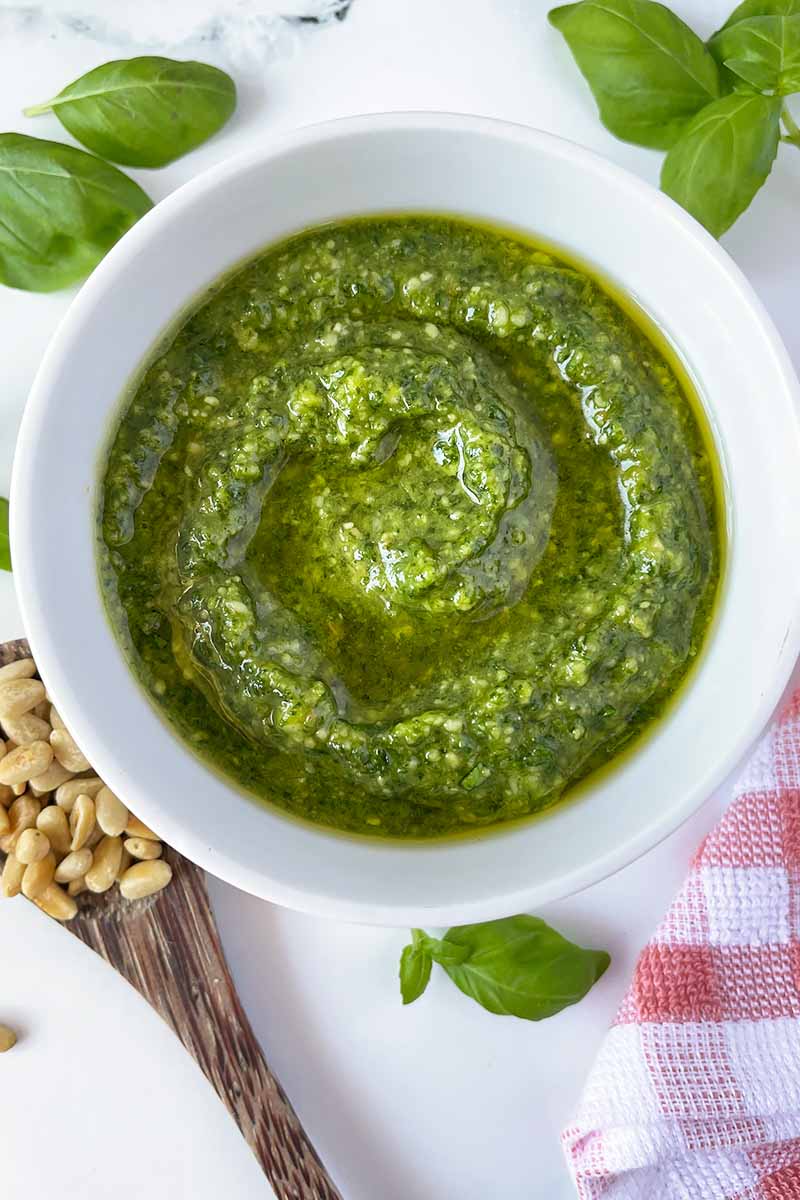
Pine nuts can be a little pricey, but their subtle, buttery flavor is worth every penny, and you don’t need many. Basil’s herbal notes are responsible for the intensely fragrant aroma of the fresh sauce, but every flavorful element in the mix holds its own.
On the cheesy side of things, both Parmigiano Reggiano and Pecorino Romano work well. Pecorino is a sheep’s milk cheese that’s aged for a shorter amount of time, while Parmigiano Reggiano starts with cow’s milk and its preparation features a longer aging process. Both have salty, nutty characteristics, but each carries its own signature flair.
A quick buzz in the blender or food processor, or a few minutes of pounding in your trusty mortar and pestle, and presto! This collection of modest ingredients morphs into something truly special. That’s my kind of magic trick.
Print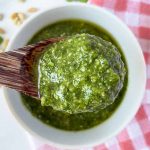
Classic Italian Pesto
- Total Time: 15 minutes
- Yield: 1 1/2 cups (6 1/4-cup servings) 1x
Description
This smooth, classic pesto made with fresh basil, garlic, and toasted pine nuts is a versatile sauce you can enjoy in so many meals.
Ingredients
- 1/3 cup pine nuts
- 3 large cloves garlic
- 1/4 teaspoon coarse salt, plus more to taste
- 4 cups packed fresh basil leaves
- 1 cup freshly grated Parmigiano Reggiano (about 3 ounces)
- 1 cup extra-virgin olive oil, plus more if needed
Instructions
- Place a small, dry skillet over medium-low heat. Add the pine nuts, and stir occasionally until golden brown and toasted, about 3 minutes. Immediately transfer the nuts to the food processor.
- Add the garlic and salt to the food processor and pulse until you have a chunky paste. Add the basil and parmesan and pulse until finely minced.
- With the machine running, slowly drizzle in the oil until the pesto is smooth and velvety, adding 1-2 tablespoons more as needed if it is too thick. Season to taste with additional salt if necessary.
- Use immediately, or store in an airtight container in the fridge for up to 1 week.
- Prep Time: 10 minutes
- Cook Time: 5 minutes
- Category: Sauce
- Method: Food Processor
- Cuisine: Italian
Keywords: basil, pesto, pine nuts, Parmigiano Reggiano, cheese
Cooking By the Numbers…
Step 1 – Prep and Measure Ingredients
Gather your pine nuts, garlic, salt, basil, Parmigiano Reggiano, and oil. Grate the cheese if you need to, and measure everything out.
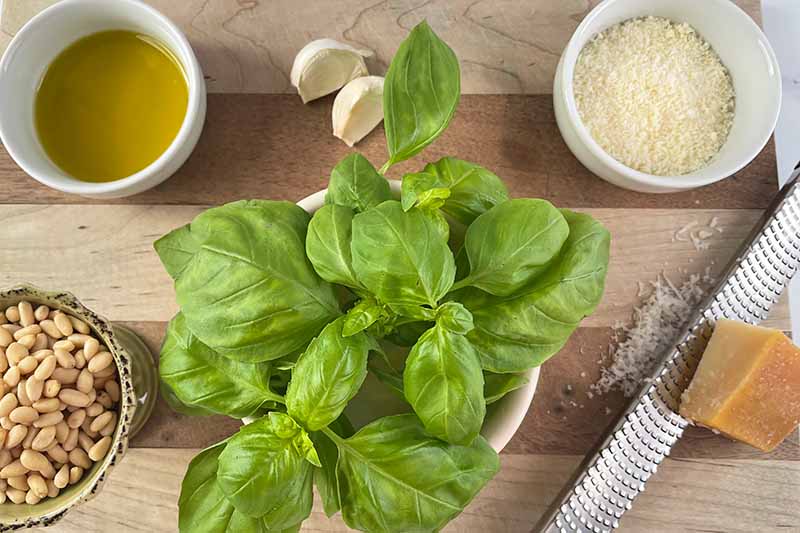
You can substitute Pecorino or Locatelli Romano if you like, or use a blend of half and half. Pecorino is saltier, whereas Parmesan has more of a nutty flavor profile.
Step 2 – Toast the Pine Nuts
Add the pine nuts to a small, dry skillet and place it over medium-low heat. There’s no need to add any oil to the pan to toast the nuts since they’re naturally rich in oil.
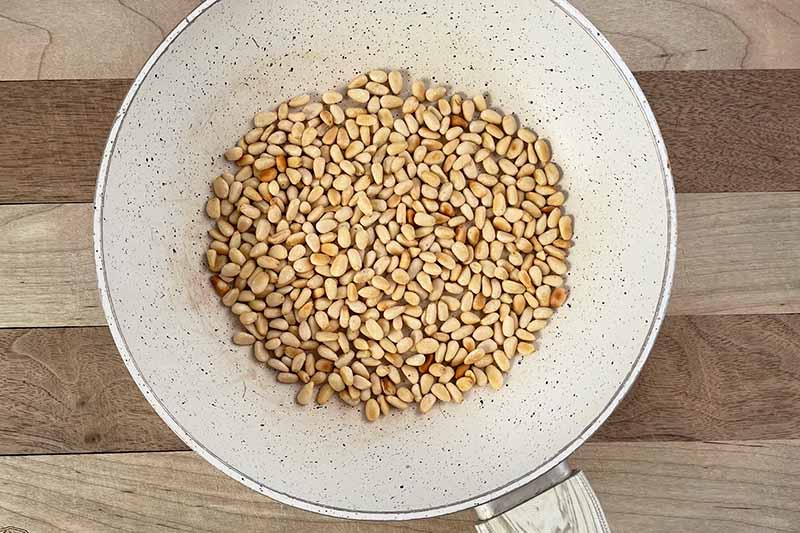
Toast, tossing occasionally, until the nuts are golden brown all over. This should take about 3 minutes. Be sure to keep an eye on them, because they can turn quickly from perfectly golden to unpleasantly burnt.
Immediately transfer the nuts to your food processor or high-speed blender so they don’t continue to brown and become bitter. You can also opt to use a mortar and pestle if you’d prefer to prepare your pesto by hand.
Step 3 – Blend Ingredients
Add the garlic and salt to the food processor and pulse until the blended ingredients have the consistency of a chunky paste.
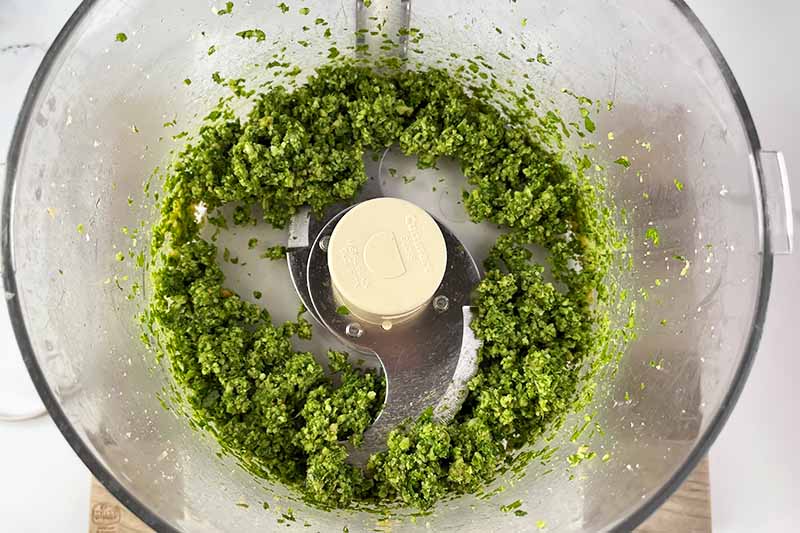
I urge you to stick your nose in and take a whiff. This is by far my favorite part of the process.
Scatter in the basil leaves and parmesan and pulse until all ingredients are thoroughly combined and minced.
Step 4 – Emulsify with Oil
With the machine running, slowly begin pouring in the oil. The pesto will come together and form a velvety sauce, and adding the oil gradually in a thin stream helps it to emulsify.
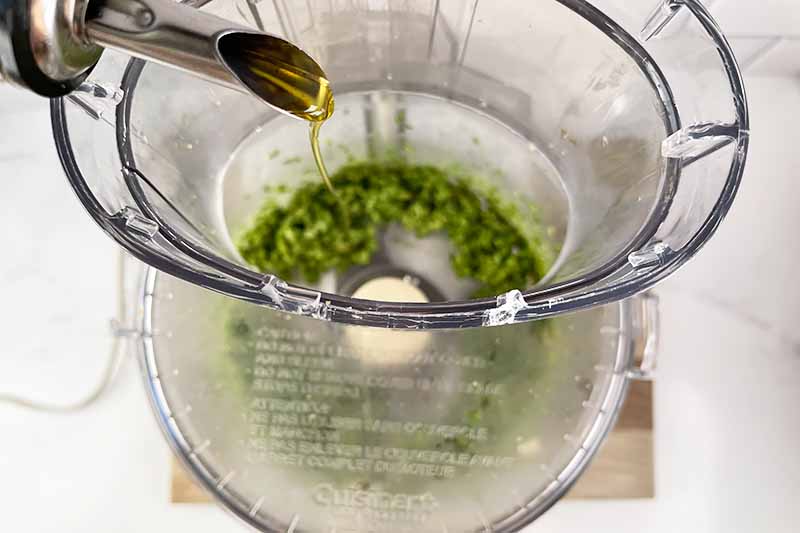
If you like it on the runnier side, you can add a few more tablespoons of oil. Season to taste for salt.
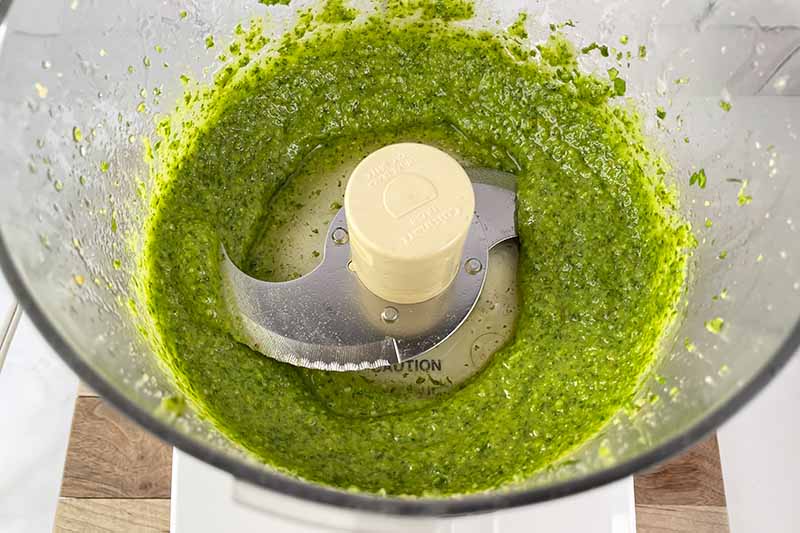
To keep the basil from oxidizing and getting dark if you don’t plan to enjoy all of your pesto immediately, you can top it with an additional drizzle of oil to cover the surface or place plastic wrap directly over the surface of the sauce before refrigerating in an airtight container.
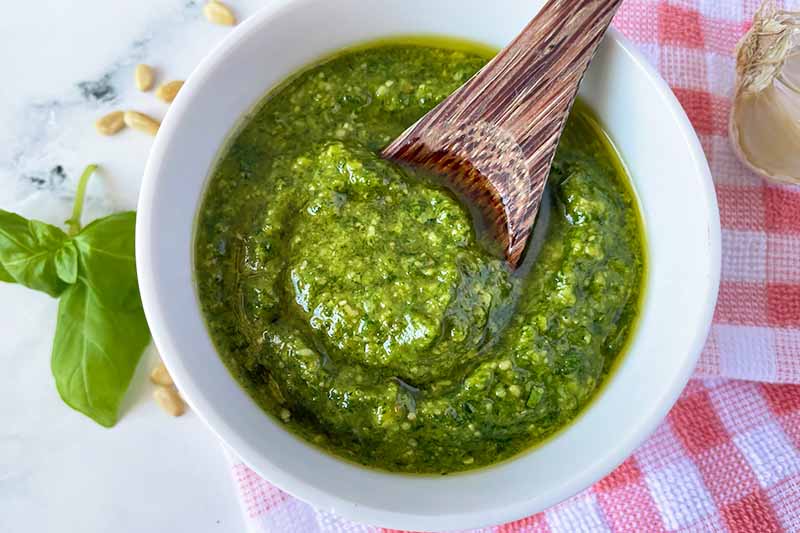
You can store this pesto in the fridge for up to 1 week. Leftovers can also be frozen until solid in ice cube trays and topped with a lid or transferred to an airtight container and frozen, to use what you need in smaller portions without having to defrost the full batch.
Creating the Perfect Paste
To make a raw sauce like this one, choose high-quality ingredients that can each be enjoyed on their own.
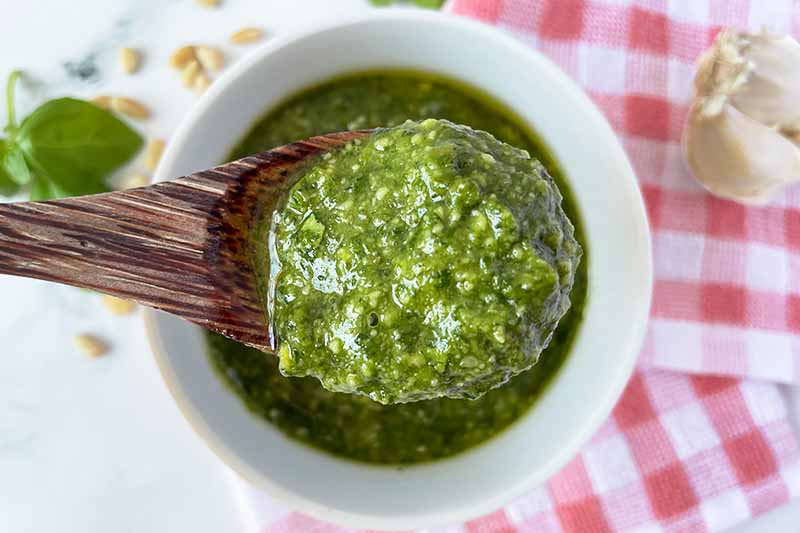
In more blunt terms: this isn’t the place for that store-brand jug of oil you got on sale. Save that for sauteing, and pull out the nice extra-virgin olive oil for this application, where its fruity flavor will shine.
Will you stick with the basics, or add your own personal spin? Share your saucy secrets in the comments below! And don’t forget to give this recipe a five-star rating if you loved it.
Once you’ve mastered this recipe, don’t call it a day. Try these tasty riffs on the classic pesto next:
Photos by Fanny Slater, © Ask the Experts, LLC. ALL RIGHTS RESERVED. See our TOS for more details. Originally published by Shanna Mallon on September 24, 2014. Last updated on March 16, 2022.
Nutritional information derived from a database of known generic and branded foods and ingredients and was not compiled by a registered dietitian or submitted for lab testing. It should be viewed as an approximation.
About Fanny Slater
Fanny Slater is a home-taught food enthusiast based in Wilmington, North Carolina who won the “Rachael Ray Show” Great American Cookbook Competition in 2014, and published her cookbook “Orange, Lavender & Figs” in 2016. Fanny is a food and beverage writer, recipe developer, and social media influencer. She was a co-host on the Food Network series “Kitchen Sink,” was featured on Cooking Channel’s longtime popular series “The Best Thing I Ever Ate,” and continues to appear regularly on the “Rachael Ray Show.”

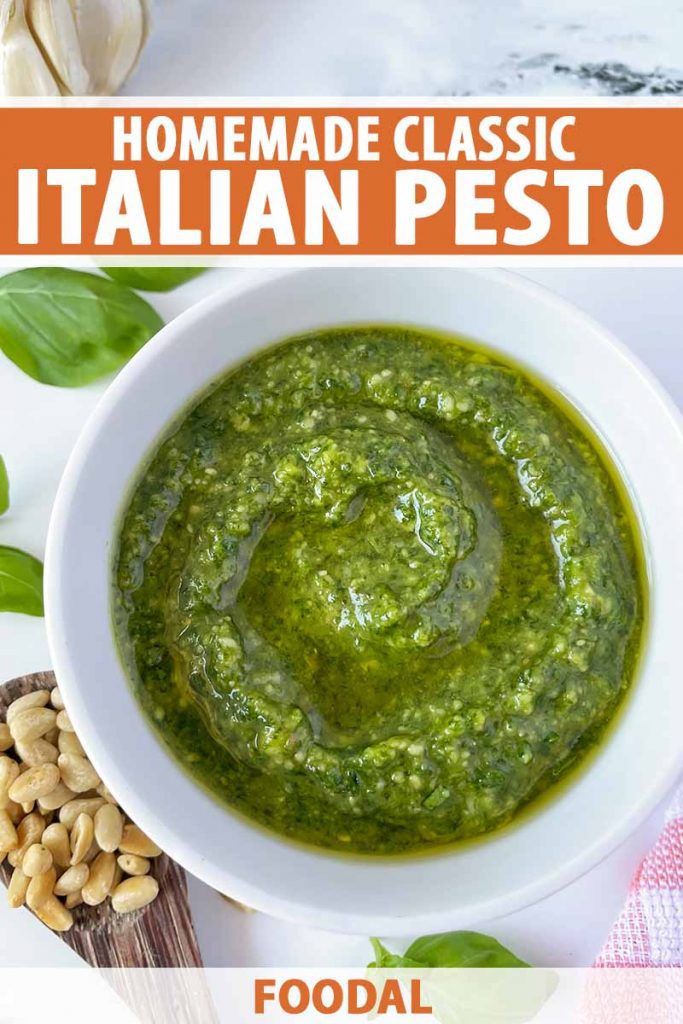
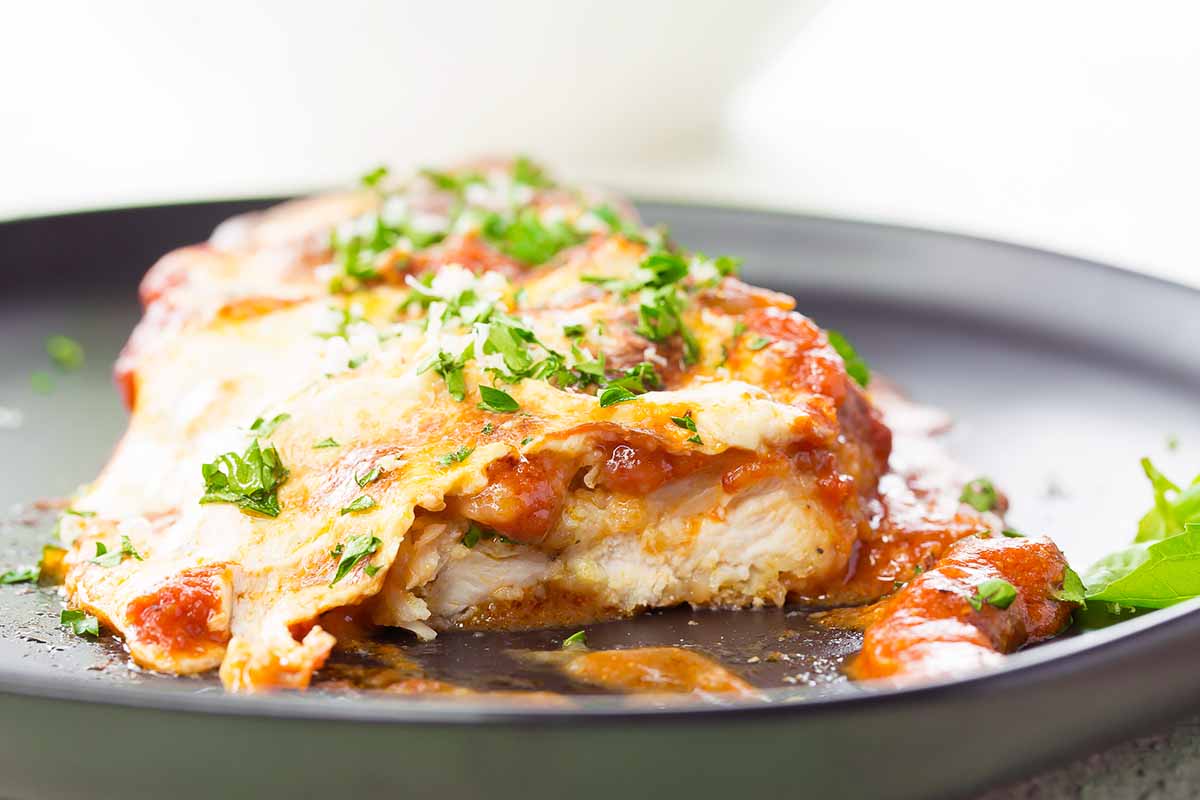

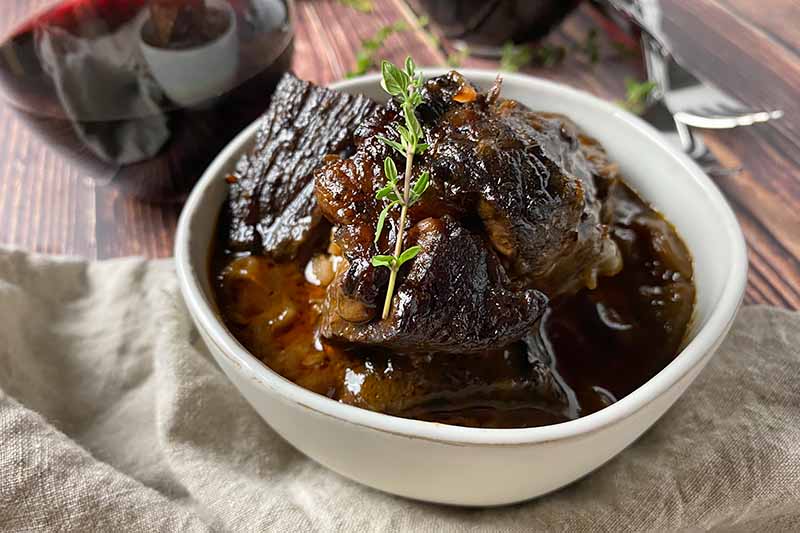
This is actually my favorite dish of all time and my comfort food dish. I sometimes use a little mayonnaise to make it creamy if I make a pesto pasta salad, but I like the idea of ice cubes as storing pesto can get a little oily and is best used fresh.
Fresh pesto is one of my absolute favorite foods. I love fresh basil in just about anything. I don’t make pesto often because the price of pinenuts where I live can get pretty expensive. Still, I try to make it every once in a while. I love it on pasta or sandwiches or even just on tomatoes as a snack. I think I’ll make some this week to go with some chicken I’ve got in the fridge. I’m looking forward to it 🙂
I am thankful for the recipe because the price of pesto sauce has skyrocketed from $1.25 for a small jar to $4 at Wal-Mart. I am wild about basil sauce, I add it to as many dishes as possible. The pesto sauce is so delicious to eat, warm or cold. Thank you, for the recipe, it will be easy for me to make.
What beautiful photos! And mmm, what a delicious recipe! I can’t wait to try it.
I had pesto once. It was actually on a chicken sandwich. It was kinda greasy but still tasty. Thanks for the recipe! I’ll try making it sometime.
The area of Italy you were in looks just beautiful. Italy is definitely on my list of places to visit when my children are older. The pesto you created looks absolutely amazing. I will definitely need to be making some. I wish pine nuts weren’t so expensive, but nothing else taste quite like they do. Traditional pesto like this is definitely my favorite.
My grandmother swears that a mortar and pestle is the only way to properly make pesto. I agree completely. The food processor just makes it too uniform and artificial. Try it sometime!
Kindly do tell that one is allowed to eat the sauce with some potato chips as well as a way of snacking away?….i have never indulged in Italian Pesto Sauce but by golly i ‘d really love to, thank you for the recipe, that dream is about to materialize :).
Thanks for this recipe!
The key to a good pesto is definitely fresh basil. I’ve had the luxury of having a small herb garden, and the difference between freshly plucked and dried basil leaves and its store bought counterpart is really prominent. A small dash of lemon juice could help to bring all the flavors together as well.
My goodness, Cirque Terre looks magnificent. I’m jealous! I’ve never been out of Louisiana.
I’ve been looking for more pesto recipes because the last time I tried making it, it just didn’t taste right..I’m not quite sure what was missing but hopefully this recipe will be what I’m looking for! I look forward to trying it and I thank you very much for the lovely guide.
I really enjoyed this article and the wonderful pictures. The key for me when I make Pesto is the freshest ingredients possible. I think that probably rings true with most dishes. But with Pesto, the fresher the better as far as I’m concerned. Great article!
Oh that is glorious! I can use this to impress my boyfriend.
Some pesto recipes use too much olive oil. Others lack fullness of flavor. I love how your steps are easy to follow, yet they incorporate hints of cheese and nuts. I can imagine this having an earthy taste.
Since I’ve got an herb garden, I can now make my own jar instead of relying on the store supply.
I don’t know about other places, but here in Texas pine nuts are expensive! I haven’t been able to find it for less than $16 a pound. One thing we do have is pecans. I have successfully substituted pecans for pine nuts in a pesto, and it came out pretty good. I’m not Italian, and no expert when it comes to pesto, but I thought it was pretty good.
Pine nuts are prohibitively expensive here in the UK too. It’s much cheaper to buy a jar of pesto off the shelf, although I do agree that the homemade version does look far superior. Beautiful photographs by the way.
Definitely the best thing about pesto is its versatility. It goes well with any carbohydrate or starch rich side, trust me. I even poured some leftover pesto over a bowl of rice and it tasted great. Mostly though, I keep to the bread and the penne pasta.
I’ve made pesto hummus before, which is delicious, but I haven’t made straight pesto yet. Pine nuts are a bit expensive here too, which is part of what’s stopped me, so I’m curious to try a walnut variation. Definitely something to do once I get my indoor herb garden started.
I’ve never had pesto I must try it. It so simple to make yes I’ve heard of it. Honestly I thought it would be a very complicated process, but the above recipe has once again proved me wrong. I’m so glad I’ve found this blog it has really opened my eyes to new and tasty things to try out in the kitchen.
I definitely understand the draw of using the food processor. I think if I make this, I might use the processor for most, and also do a small portion of the basil in the mortar and pestle, to draw out a little more flavor. I think this would be delicious over cheese or chicken enchiladas, as well.
Hi everyone! This recipe looks amazing! I would love to try it too! I have a question though, well it’s more like a personal problem. I’m allergic to pine nuts, well actually to all types of nuts. I could basically die even if I try just a little bit. Will the recipe be greatly affected if I make it without the nuts? Or will it be fine without them? Thanks to whomever can answer.
Yum! My dad makes this pesto every summer and we all love it! It’s so simple to make and tastes great! After I read the article, I think I’m gonna make one tomorrow! 😉 Thanks for inspiration!
Southern Italian cooking is definitely some of the best out there. Every summer I grow basil leaves outside and make pesto with them at the end of August. Although it’s pretty simple to make with a food processor I find it easiest to make a lot of it and put it in mason jars to freeze to use all winter. An important thing to remember is to toast the pine nuts before adding them to the food processor.
I will definitely be trying this recipe tonight! I love pesto but I have never ever attempted to make a pesto sauce myself. I’ve always been curious to seeing as I love to cook and being Italian, I of course love pasta.
Really nice recipe and this will help me a lot with mine. I can never get the consistency correct and I think now it is because I add the olive oil to the processor from the beginning with the garlic and basil. Maybe doing the basil and garlic first before adding the olive oil will make a difference. The recipe I use also had nuts, which some people find strange, but the flavor goes well with a garlic blend.
My Uncle Jeff loves pesto. We always buy it pre-made, surprisingly enough, and I have never made it until recently when I came across this article. First, the fresh ingredients, as opposed to the jar version, made this better than any pesto any of us had ever experienced. More than that, we loved that the consistency wasn’t quite as thick and pasty. We will definitely be making this again soon!